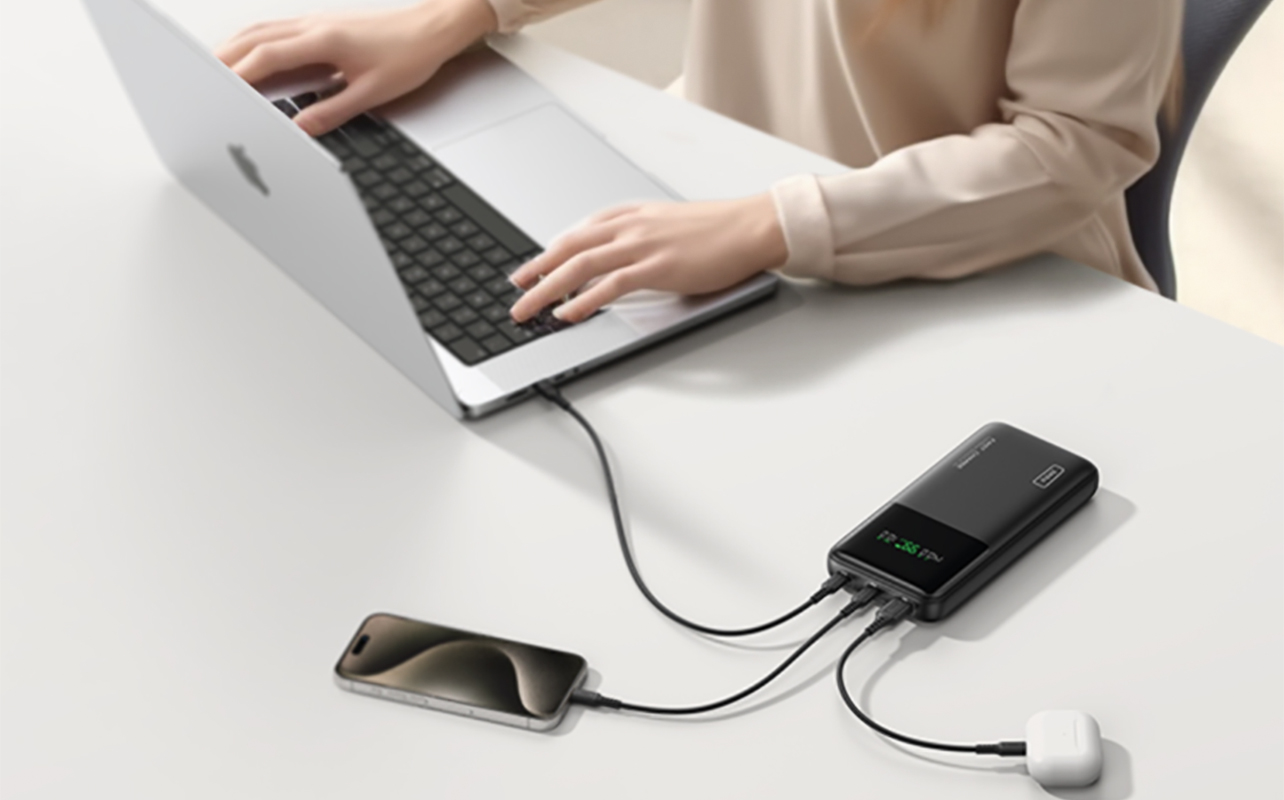
Ever found yourself at the airport security line, wondering if your laptop power bank will get through without a hitch? You’re not alone. Many travellers have wondered if their portable power bank meets the criteria for being permitted within their carry on, backpack, or purse.
The answer comes down to the battery capacity. Airlines and airport authorities have strict rules about flying with batteries, especially lithium-ion ones like those in power banks. If you’re a business traveller, student, or digital nomad, understanding these rules is key to a hassle-free journey.
In this guide, we’ll break down the TSA power bank 100Wh limit, explain how to choose a flight friendly charger, and recommend portable, airline-approved laptop chargers you can grab from Best Buy Canada. By the end, you’ll be equipped with all the info you need to pack smarter and travel with confidence.
TSA and airline power bank rules explained
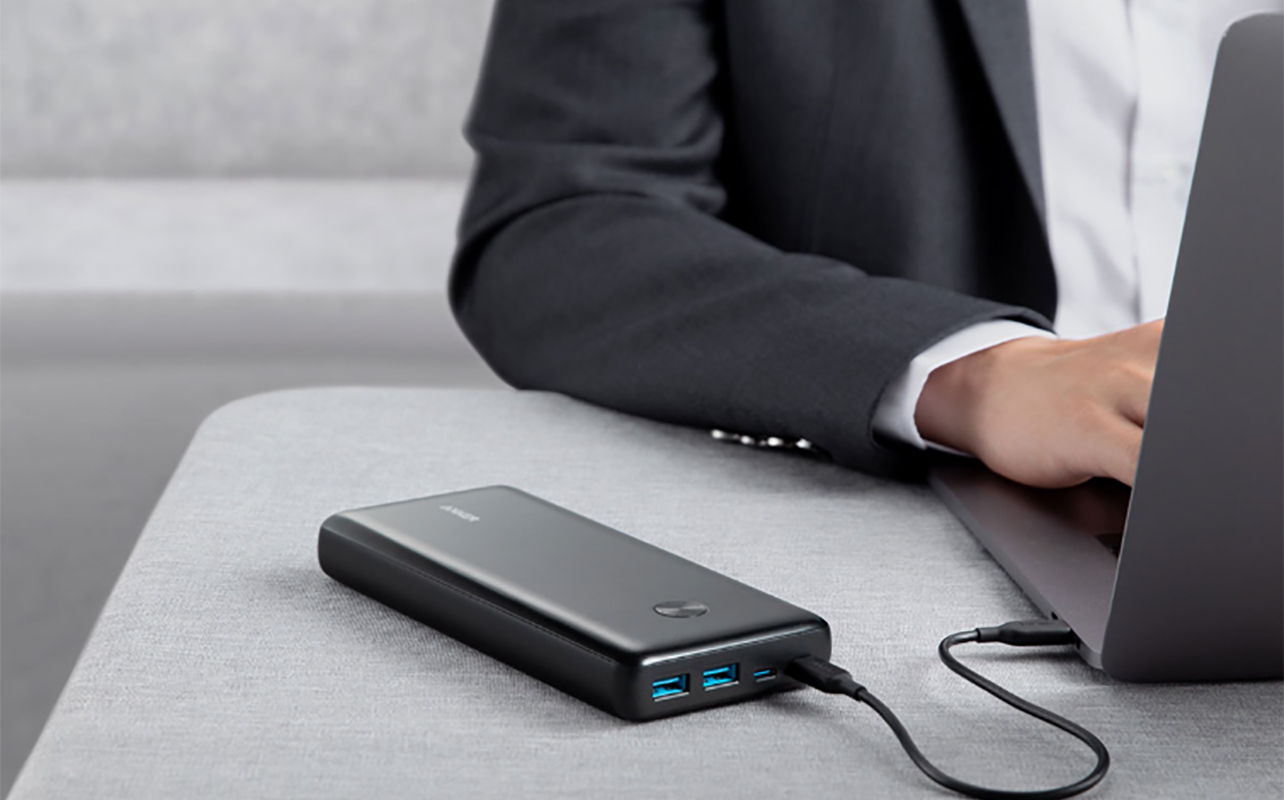
Lithium-ion batteries, like those in power banks, can pose fire risks if damaged or mishandled. That’s why airlines have international safety rules for them. Understanding these limits can save you from unnecessary headaches at the airport.
Key limits every traveller should know:
- Under 100Wh: Always allowed in carry-on luggage. No special approval required.
- 100–160Wh: Allowed but requires airline approval. You should contact your airline ahead of time.
- Over 160Wh: Prohibited on planes, both in carry-on and checked luggage.
- Checked luggage rule: Power banks must never be placed in checked baggage—they’re allowed in carry-on only.
How to tell if your power bank is travel-approved
Airport security checks focus on the Watt-hour (Wh) capacity to decide if your power bank is allowed on board. Knowing how to check this in advance helps you avoid delays or the risk of having your device confiscated.
Step 1: Locate the Watt-hour (Wh) rating on your power bank
The easiest way to verify if your power bank is compliant is by checking its label or product specifications. Manufacturers are required by law to print key battery information on the product itself. This information is usually printed or engraved on the back, side, or bottom of the power bank. Look for a line that mentions Wh (short for watt-hours). It might appear as “Battery Capacity: 74Wh” or “Energy: 99.16Wh.”
If your power bank has a Wh rating of 100Wh or less, you are generally safe to carry it onboard any airline without pre-approval. Anything above 100Wh and up to 160Wh requires you to contact your airline for special permission. Anything above 160Wh is strictly prohibited on both carry-on and checked luggage.
Step 2: How to calculate Wh if your power bank only shows mAh
Many power banks only list mAh (milliamp-hours), especially older models or budget options. Since airport security cares about Wh, not mAh, it’s crucial you know how to convert this properly. Here’s a simple, foolproof formula:
Watt-hours (Wh) = (mAh ÷ 1000) × Voltage (V)
The voltage (V) of most power banks is commonly 3.6V or 3.7V. Always check your device’s label to confirm the voltage. Most product manuals or product pages also list this information.
Example calculation:
- A power bank with 20,000mAh capacity and a 3.7V battery: 20,000 ÷ 1000 × 3.7 = 74Wh
This power bank is well within the TSA’s 100Wh limit, making it a safe choice for air travel.
Step 3: Why Wh labelling matters for airport security
When you pass through airport security, especially at busy hubs, officers don’t have the time or resources to calculate battery capacity on the spot. They rely on visible, clear markings to determine if your device meets the TSA power bank 100Wh limit and other international guidelines.
If your power bank lacks proper labelling or if the Wh information is unclear or missing, security personnel have full authority to confiscate it. In some cases, you may be delayed for additional screening or forced to dispose of the device before boarding.
Carrying a properly labelled power bank means faster, smoother security checks, less risk of losing your device, and confidence that you are following all airline and TSA rules
Practical tips to ensure compliance:
- Always carry the user manual or product box if the labelling on the power bank is hard to read, especially when flying internationally.
- If your power bank label is worn out, use a permanent marker or a sticker to write the Wh rating on it before your trip.
- For custom-built or DIY power banks, print a clear label showing the calculated Wh.
Best features for travel laptop power banks
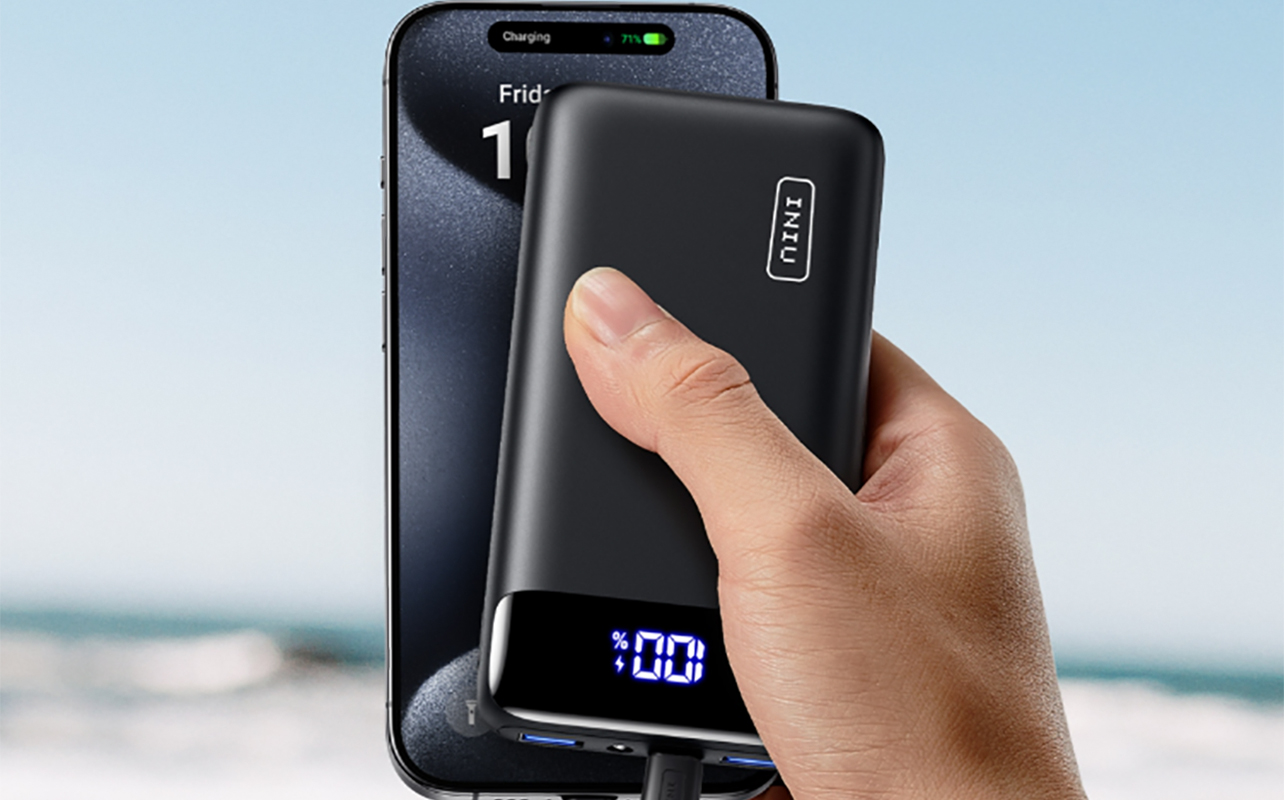
When choosing a USB-C PD TSA approved power bank, it’s about more than just capacity. Here are the essential features to look for:
| Feature | Why it matters for travel |
|---|---|
| ≤100Wh capacity | Ensures you’re always within airline safety limits. |
| USB-C Power Delivery | Fast, efficient charging for laptops (65W or higher). |
| Compact & lightweight | Easy to fit in your backpack or briefcase. |
| Multiple ports | Charge your laptop and phone at the same time. |
| Quick recharge time | Full recharge during layovers or hotel stays. |
Choosing a portable laptop charger for plane use means you stay powered up without the extra bulk.
Travel scenarios where you’ll need one
Wondering if you really need a power bank on your trip? Here are some everyday scenarios where it makes a big difference:
- Long-haul flights and layovers: Stay productive when your seat doesn’t have a power outlet.
- Business travel: Prep presentations or attend virtual meetings in transit.
- Students flying to campus: Keep your laptop and phone charged while travelling between cities.
- Unexpected delays or cancellations: Avoid scrambling for wall outlets during airport delays.
What NOT to pack
Not all chargers are created equal. Some will get you flagged at security.
Avoid these common mistakes:
- Over 100Wh capacity without airline approval.
- No visible Wh labeling.
- AC outlet-only power stations: Often heavy and may not meet power bank allowed on plane regulations.
- Damaged or low-quality batteries: Cheap knockoffs without certification can cause serious issues.
TSA-compliant laptop power banks from Best Buy Canada
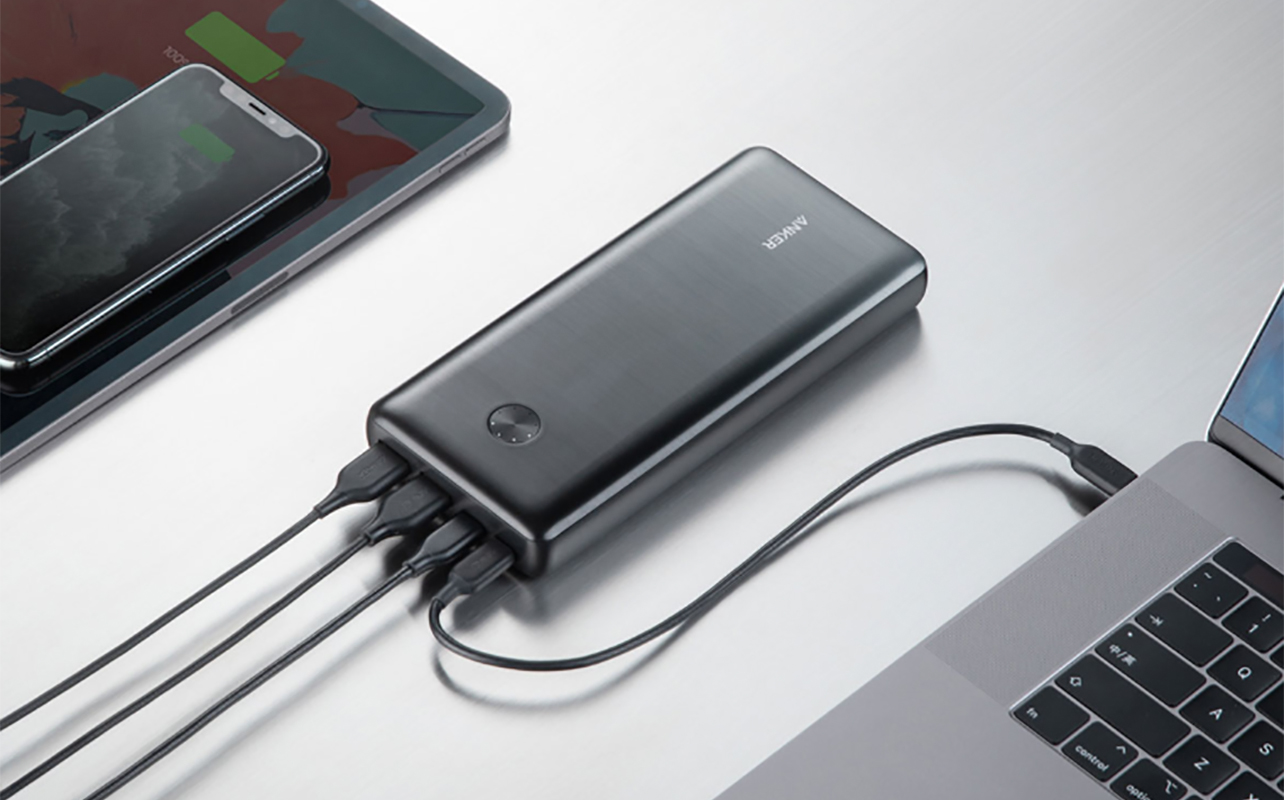
Here are a few TSA-compliant, easy-to-pack chargers available at Best Buy Canada that are perfect for air travel:
| Model | Ports | Laptop compatibility |
|---|---|---|
| Anker PowerCore III Elite 25,600mAh | 2x USB-C PD (87W), 2x USB-A | MacBook Air, Dell XPS, Surface laptop |
| Kopplen 18,000mAh | 1x USB-A, 2x USB-C (65W max) | High-powered laptops, MacBook |
| INIU Power Bank 20,000mAh | 1x USB-A, 2x USB-C (65W PD, 36W PD) | MacBook Pro 14″, Dell XPS, ThinkPad, and more |
Browse Best Buy’s full selection of flight-friendly power banks and get travel-ready.
Flight day tech packing checklist
Before you head to the airport, run through this quick list to avoid any surprises:
- Charge your power bank fully the night before.
- Keep it in your personal item (not your checked bag).
- Pack USB-C cables (plus a backup just in case).
- Ensure Wh label is visible—use a sticker if needed.
- Bring your laptop charger too, in case outlets are available.
Final boarding call: choose the right charger for your trip
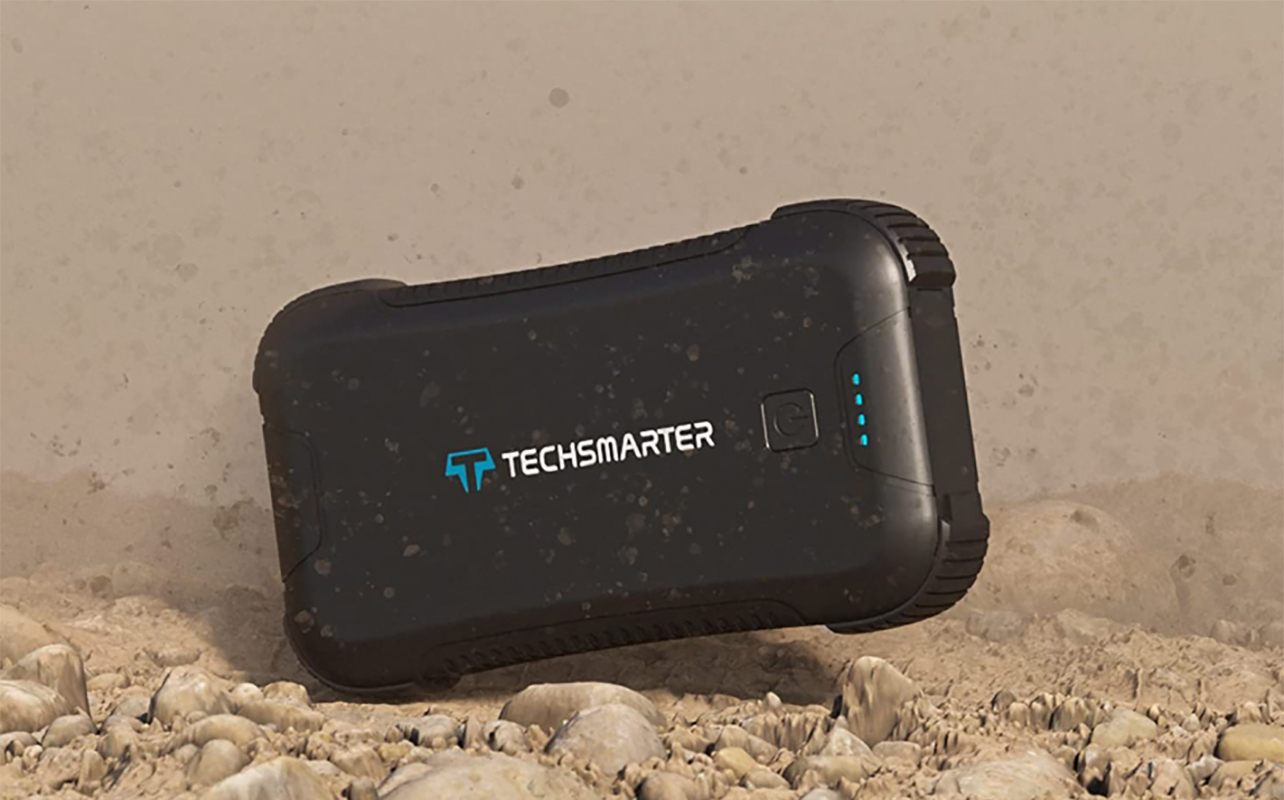
Flying with your laptop? A power bank flight friendly charger is a must-have within your travel tech for flights toolkit. It’s the simplest way to stay connected, productive, and stress-free during your journey. Make sure to choose a power bank under 100Wh. It should also have USB-C PD for quick laptop charging. Go for compact, multi-port options for convenience, since you can also use it to recharge other devices on the go, like your smartphone, tablet, and headphones.
Ready to upgrade your carry-on battery laptop setup? Explore Best Buy Canada’s top picks for travel-ready power banks and travel smarter!
This article was drafted using AI technology and then reviewed, fact-checked, and revised by a member of our editorial team.




